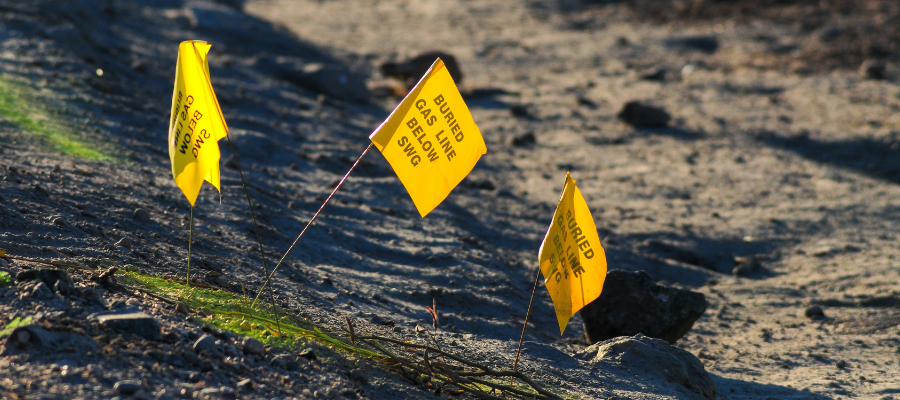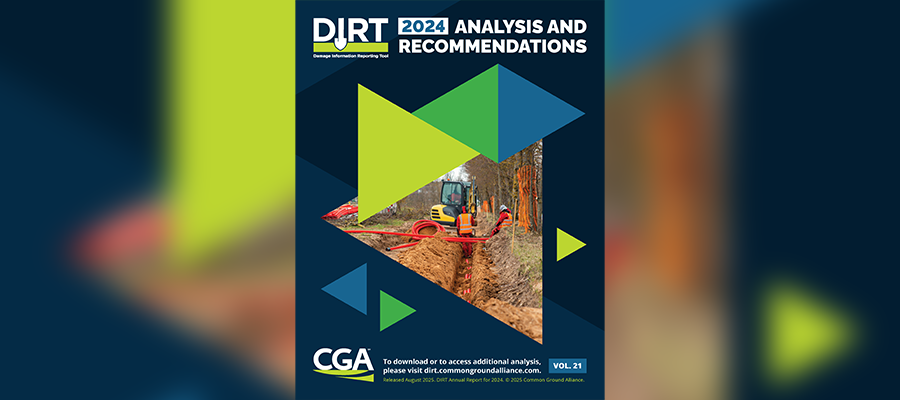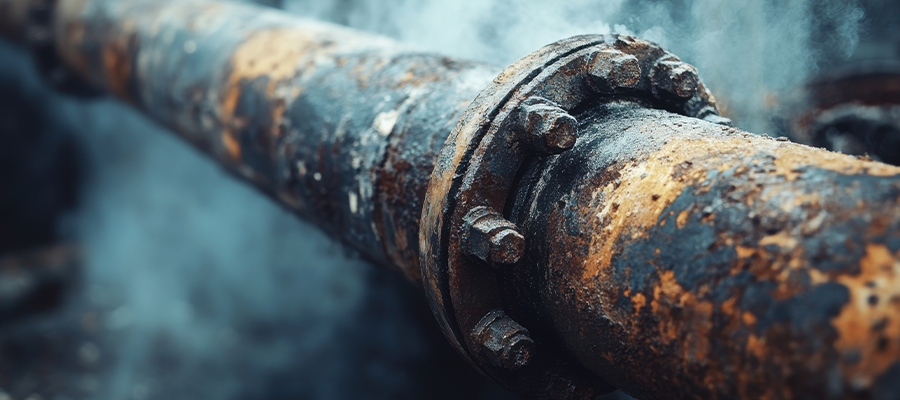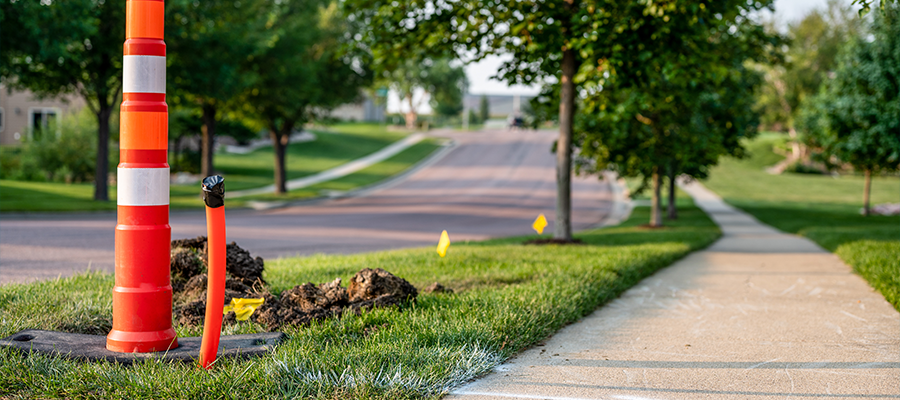The Hidden Costs of Utility Strikes: A $30 Billion Problem

The Hidden Costs of Utility Strikes: A $30 Billion Problem
By Thomas Gooch, Director of Operations, Bermex
Every few minutes across the United States, someone digging into the ground accidentally strikes an underground utility line. The consequences of these incidents extend far beyond the immediate damage to pipes, cables, or equipment. Utility strikes represent an extremely expensive and dangerous infrastructure challenge.
The Financial Impact
According to the Common Ground Alliance (CGA), excavation-related damages to utilities cost the United States approximately $30 billion annually. This figure encompasses not just the direct repair costs, but a complex web of hidden expenses that ripple through communities, businesses, and entire economic sectors.
The $30 billion price tag includes immediate repair costs for damaged infrastructure, emergency response expenses, and equipment replacement. However, the hidden costs often dwarf these visible expenses. When a gas line is severed, entire neighborhoods may lose service for hours or days, forcing businesses to close and homeowners to seek alternative heating or cooking solutions. The economic impact compounds as productivity plummets, supply chains are disrupted, and essential services are interrupted.
Beyond Financial Losses: The Human Cost
While the financial impact is significant, utility strikes pose even more serious risks to public safety. Gas line ruptures can trigger explosions, electrical cable damage can cause electrocutions, and severed water mains can create dangerous flooding conditions. These incidents threaten the workers conducting the excavation and entire communities.
Service disruptions can create cascading effects not just for homes, but hospitals, schools, and emergency services. The vulnerability of our interconnected infrastructure means that a single strike can affect thousands of people within minutes.
The Web of Regulatory and Reputational Consequences
Beyond immediate safety and financial concerns, utility strikes trigger a complex array of regulatory penalties and reputational damage. Companies responsible for striking utilities face potential fines from multiple agencies, depending on the type of infrastructure damaged. Environmental violations may result if fuel or hazardous materials leak into soil or waterways. Safety violations can lead to work stoppages and increased scrutiny from regulatory bodies.
The reputational damage often proves more costly than immediate fines. Construction companies may lose future contract opportunities, while utility companies face criticism for service reliability. News of major utility strikes spreads quickly through social media, potentially affecting customer confidence and stakeholder relationships for years.
Professional Solutions + Expert Services
Preventing utility strikes requires sophisticated technology, specialized training, and coordinated planning. Companies like Bermex offer damage prevention solutions with a proactive approach to locating and marking utilities, helping organizations avoid costly mistakes. Utility line location services cover electric, gas, water, telephone, fiber optic, and other underground infrastructure.
Professional line locating services utilize advanced technologies, including electromagnetic detection equipment, ground-penetrating radar, and acoustic devices to precisely map underground utilities. However, technology alone isn’t sufficient. Success requires trained professionals with proper equipment and safety protocols to ensure accurate utility location.
Additional security for high-risk excavations utilizes qualified technicians on-site during digging operations to provide real-time guidance and immediate response if utilities are unexpectedly encountered. This human element proves crucial in complex excavation scenarios where multiple utilities may be present or where site conditions make remote monitoring insufficient.
The Critical Role of 811 Coordination
The foundation of utility strike prevention lies in the 811 system, which coordinates utility locating requests across the country. When someone calls 811 before digging, utility companies are notified to mark their underground infrastructure in the planned excavation area. This system relies on coordination between excavators, utility companies, and professional locating services.
However, the 811 system only works when all parties fulfill their responsibilities. Excavators must call with sufficient advance notice, provide accurate dig site information, and wait for utilities to be marked. Utility companies must respond promptly and accurately mark their infrastructure. Professional locating services must provide precise, reliable marking that reflects actual underground conditions.
Moving Forward: Prevention as Investment
The $30 billion annual cost of utility strikes represents a massive drain on economic resources that could be redirected toward infrastructure improvements and economic growth. Professional damage prevention services, while requiring upfront investment, provide substantial returns by avoiding the exponentially higher costs of utility strikes.
As our underground infrastructure grows more complex and excavation activity increases, the importance of professional utility locating services will only intensify. Organizations that view damage prevention as a strategic investment rather than a regulatory requirement position themselves for long-term success while protecting their communities from the devastating consequences of utility strikes.
Partner with Bermex for reliable, expert-led damage prevention services that protect your infrastructure and your customers.
Related Articles

By Tommy Combs, President, Bermex In the latest edition of the DIRT Report, the Common Ground Alliance (CGA) reveals that despite decades of progress in underground infrastructure damage prevention, the industry remains at a critical turning point. The 2024 data show a concerning plateau, and in some cases a reversal, in the trend of reducing[...]
Read More
Every year on Veterans Day, we pause to honor the men and women who have worn our nation’s uniform. They come from every background and every corner of the country, united by a common purpose: to serve something greater than themselves. Their service enriches our organization, and we are grateful for the impact they continue[...]
Read More
By Mark Green, Business Development Manager, Bermex Environmental responsibility and resource conservation are more than good PR; they have become critical, bottom-line imperatives. Utility companies find themselves at the forefront of a sustainability battle that extends far beyond their traditional operational boundaries. At the heart of this challenge lies a deceptively simple yet profound issue:[...]
Read More
By David Mack, Senior Business Development Manager, Bermex When it comes to preventing utility damages, most organizations focus on technology, training, and regulations. But at the 2025 CGA Conference & Expo, a powerful theme emerged from multiple speakers, including Dr. Victoria Grady of George Mason University: culture, not compliance, is the foundation of lasting safety[...]
Read MoreCategories
Recent Posts
- Diffusing a Difficult Customer [Infographic] 10th Sep 2018
- Neighborhood Safety [Infographic] 24th Sep 2018
- Bermex Has Named Keith Pancake as New Safety Manager 02th Dec 2019